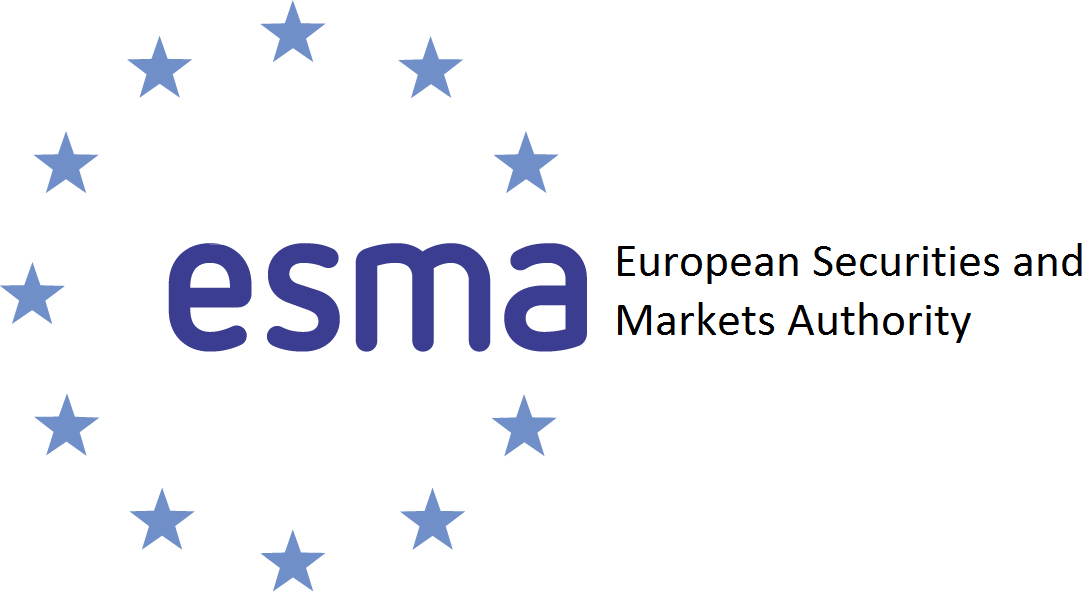Future recalibrations of the Undertakings for Collective Investment in Transferable Securities Directive (UCITS) will see the EU focus on greater harmonisation and additional reporting across ‘third countries’, liquidity risk management and eligible asset classes.
On 20 July, EU legislators agreed to review the Alternative Investment Fund Management Directive (AIFMD) including plans for additional overlap between the alternative funds regulation with its almost 40-year-old UCITS framework in areas such as additional regulatory reporting and due diligence requirements.
Future revisions to the EU’s directive for liquid and retail-appropriate vehicles will be carried out via ‘UCITS 6’ and ‘UCITS 7’ to ‘level 1’ provisions of the UCITS framework.
The most recent revision – UCITS V – focused primarily on depository liability and asset manager remuneration, according to Adrian Whelan, global head of regulatory intelligence at Brown Brothers Harriman.
“The perpetual review and recalibration of UCITS is a feature of the framework to reflect prevailing investor and regulator expectations,” Whelan said.
“The latest political resolution from the EU lawmakers now sets in train another period of renewal for the UCITS framework.”
July’s AIFMD discussion follows amendments proposed by the EU in November 2021, acknowledging harmonisation of AIFMD and UCITS rules as an ambition after noting many management companies and investors were exposed to both fund frameworks.
UCITS 6 proposes introducing reporting on delegation arrangements such as portfolio management to third parties, including more demanding due diligence of ‘third country’ entities.
To counteract liquidity mismatches between ETFs and their underlying, UCITS 6 also prescribes eight liquidity management tools (LMTs) – temporary fund suspensions, gates, notice periods, redemption fees, swing pricing, anti-dilution levy, in-kind redemption, side pockets – and how they should be used.
It also proposes UCITS management companies should regularly report details of the markets and instruments they trade to its national competent authority (NCA) to align with AIFMD reporting.
However, the European Commission’s proposal of two-year implementation means these new UCITS rules will likely not be effective until 2025, Whelan said.
Further down the line, the European Commission has requested the European Securities and Markets Authority (ESMA) review the UCITS Eligible Assets Directive as part of UCITS 7 after more than 16 years since the last major changes were made.
The regulator noted the changes will be evolutionary rather than revolutionary, with foundational principles of diversification, liquidity, price discovery and asset safety remaining unchanged.
“The asset classes referenced in the ESMA letter include bank loans, structured notes, catastrophe bonds, emission allowances, and crypto assets,” Whelan continued. “However, there is no indication that the European Commission or anyone else wishes to fundamentally change the rules governing which assets a UCITS may, or may not, invest in.
“Rather, the consultation is likely to unify the approach in the industry and encourage a more harmonious approach to supervision of the UCITS rules across all member states.”
The European Commission will call on ESMA to remove any ambiguity in what constitutes an eligible UCITS asset and counteract fragmentation at an individual member state level.
Established single assets including gold are not singularly considered eligible, however, more niche commodities accessed via swaps can be found in at least 10 diversified UCITS ETFs.
Perhaps even more contentious is the fact crypto asset exposure is possible via German and Spanish UCITS vehicles in some forms due to country-level regulation whereas crypto is not deemed UCITS compliant for Irish and Luxembourg-domiciled funds.
Whelan concluded: “The next evolution of the UCITS regime is already under way. It will be critical for managers to stay attentive to what is a big deal in the funds industry.”





